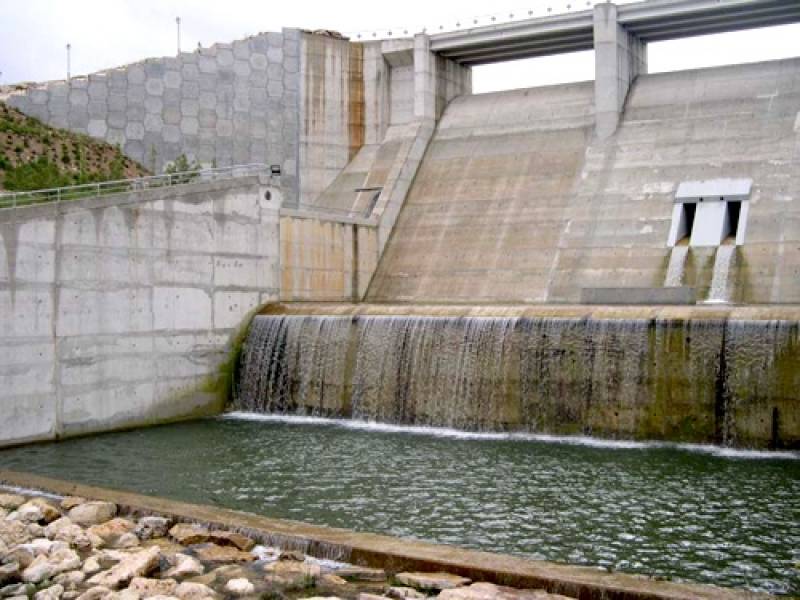
To be listed on the CAMPOSOL TODAY MAP please call +34 968 018 268.
article_detail
Date Published: 27/11/2024
Water levels in Murcia's reservoirs after the recent rain
This is how much water Murcia has in its reservoirs now

The reservoirs of the Segura basin, the hydrographical area which most closely corresponds to the Region of Murcia, now have reserves of 231 cubic hectometres, nine more than last week, according to data from the Ministry for Ecological Transition and the Demographic Challenge (MITECO).
The Segura reservoirs also have nine cubic hectometres more than on the same date last year, largely thanks to the heavy rains at the beginning of November, but it is 113 hectometres less than the average that they usually store at this time (344 cubic hectometres).
Overall, the reservoirs in the Segura basin are at 20.3% of their total capacity.
Twice during the summer of 2024, the Confederación Hidrográfica del Segura (CHS) declared a ‘situation of extraordinary drought’ for the area, meaning water restrictions for crop farmers.
But the truth is that – unlike other parts of Spain like Catalonia and Andalucía – Murcia was never at risk of widespread hosepipe bans for the general public thanks to its long-standing and innovative use of desalination plants to provide fresh water for human use converted from salt water.
In addition, Murcia periodically has water pumped down from the Tagus river basin in central Spain, where it is wetter, to supply the population in the southeast.
In other news: San Javier unveils new flood protection measures
In the country as a whole, the water reserves stand at at 51.1%, storing 28,638 cubic hectometres, 22 fewer than last week.
The Júcar basin, which runs through Valencia, among other provinces, has increased by three tenths and stands at 48.8%, also due to the extremely heavy rainfall.
Compared to 2023, the reserves are 7.7% above last year’s level and 3.8% above the average of the last ten years. In general terms, MITECO has indicated that rainfall has been abundant on the Atlantic side of the country and scarce on the Mediterranean side. Specifically, the maximum was in San Sebastián, where 97.3 litres per square metre were recorded.
By area, the Eastern Cantabrian is at 87.7%; the Western Cantabrian at 59.8%; the Miño-Sil at 56.7%; Galicia Costa at 71.1%; the Internal Basins of the Basque Country at 95.2%; the Duero at 61.6%; the Tagus at 56.5%; the Tinto, Odiel and Piedras at 81.7%; and the Ebro at 70.7%.
Below 50% are the Guadiana at 41.3%; the Guadalete-Barbate at 28.5%; the Guadalquivir at 35%; the Andalusian Mediterranean Basin at 29.6%; the Segura at 20.3%; the internal basins of Catalonia at 34.6%; and the Júcar at 48.8%.
Image: CHS
Loading
See more environmental news about Spain:
OR
Sign up for the Spanish News Today Editors Roundup Weekly Bulletin to get a comprehensive email with all the week’s news for Spain, Murcia, Alicante and Andalucía.
Get a sneak peek – here are a few of our recent Subscription Bulletins:
25% Discount Special Offer subscription:
36.95€ for 48 Editor’s Weekly News Roundup bulletins!
Please CLICK THE BUTTON to subscribe.
Contact Murcia Today: Editorial 000 000 000 /
Office 000 000 000

































